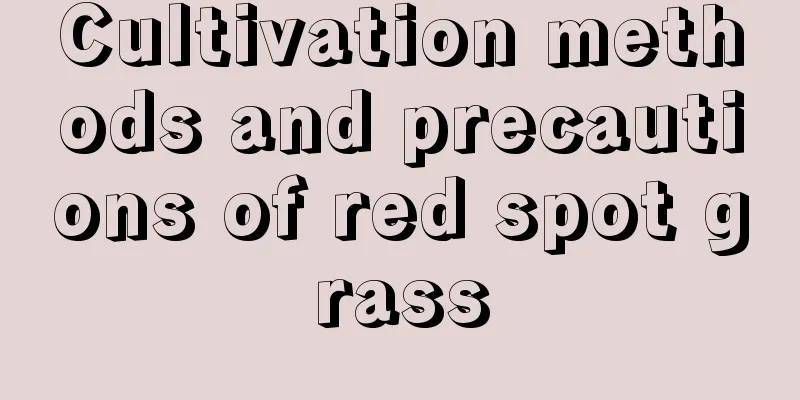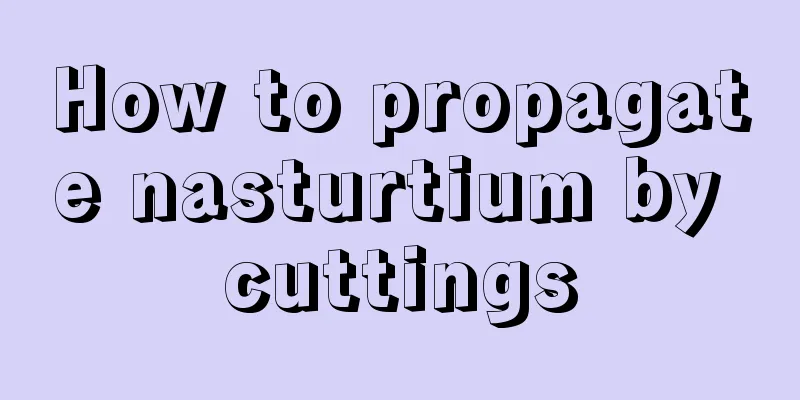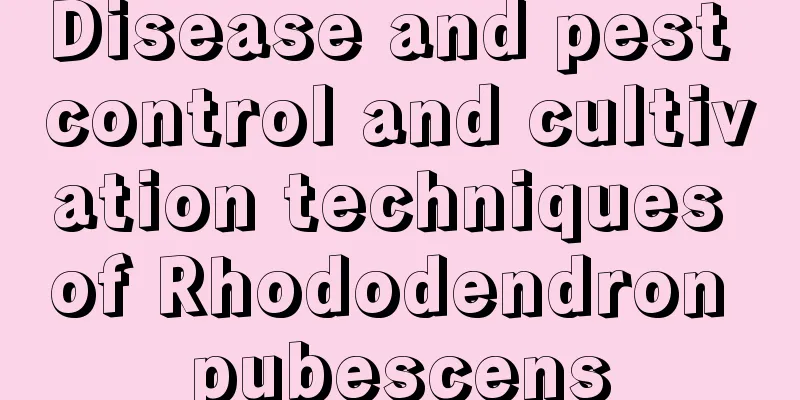What fertilizer is best for growing flowers at home? (Suitable fertilizer for growing flowers at home)

|
As the saying goes, "If you want crops to grow well, fertilizer is essential." This means that if you want crops to grow well, fertilizer is essential, and the same goes for plants. What fertilizer is good for flowers at home?Fertilizer is very important, and there are many kinds of fertilizers for growing flowers. Many novice friends don’t know what fertilizer to apply. If you use it wrong, it may cause damage to the plants, and in serious cases, it may even kill them. But if you use it right, you will get twice the result with half the effort. Many friends often ask, what fertilizer should be applied to this kind of flower? How to fertilize it? Today I will share with you 4 common fertilizers for home flower cultivation. 1. Compound fertilizerCompound fertilizers are generally nitrogen, phosphorus and potassium balanced compound fertilizers. The fertilizer effect of compound fertilizers is released quickly and the fertilizer effect lasts for a short time. Compound fertilizer is generally in the form of small solid particles. When using, sprinkle it on the surface of the potting soil and continue to replenish it after it is completely dissolved. The interval between uses must be greater than 7 days to avoid fertilizer damage. 2. Slow-release fertilizerThere are many types of slow-release fertilizers, each with different effects. Like compound fertilizers, they have a wider range of uses. Slow-release fertilizer is also a solid granule with a coating on the outside. The fertilizer effect of slow-release fertilizer is released slowly and the fertilizer effect lasts longer. Generally, it is 3-6 months, and the specific fertilizer effect time of each brand will also be different. Slow-release fertilizer is different from compound fertilizer. Compound fertilizer is used during the growing period, while slow-release fertilizer is used during the dormant period to ensure that the plants have a supply of nutrients but no fertilizer damage occurs. 3. Phosphorus and Potassium FertilizersPhosphorus and potassium fertilizers are fertilizers with relatively high phosphorus and potassium content. They are generally used to promote the growth of flower buds, promote the growth of fruit in fruit trees, or promote the aging of branches. Common phosphorus and potassium fertilizers include potassium dihydrogen phosphate and Huaduoduo No. 2. Phosphorus and potassium fertilizers are water-soluble fertilizers. The fertilizers need to be dissolved in water and then used as root irrigation or leaf spraying. 4. Organic fertilizerOrganic fertilizer is what we often call fermented chicken manure, sheep manure, fish intestines, bean cake, orange juice, rice water, etc. Solid organic fertilizer, such as fermented chicken manure, sheep manure and the like. It is generally used as base fertilizer or topdressing for fruit trees. As base fertilizer, the fertilizer effect lasts longer and can also slow down soil compaction. Organic fertilizer is generally used as top dressing for fruit trees, and it should be applied once a month. This will allow the fruit trees to bear more fruit, and the fruit will be sweeter and safer to eat. Some liquid organic fertilizers, such as orange juice and rice water, can be used to water plants on a daily basis. They can be used on growing plants. Liquid fertilizers are acidic and suitable for most flowers. |
>>: How much profit can one acre of lotus root make (lotus root planting cost and benefit analysis)
Recommend
When and how to repot the green radish
Time to repot the green radish It is recommended ...
Can the lucky tree survive if only the trunk is left?
1. Can I still live? If the roots and trunk of th...
Cultivation methods and precautions of money string flower
1. Breeding methods 1. Potting soil: It does not ...
Planting February orchid
1. Planting time The planting time of February or...
Peony cultivation methods and precautions
1. Adequate light Peony is a very beautiful flowe...
General watering method for indoor flowers
Indoor flower watering matters When watering, the...
How to grow the fortune tree and what to pay attention to
Growth habits of the fortune tree When caring for...
How to change the soil of the peace tree? What kind of soil is best?
The growth rate of the peace lily is relatively f...
The difference between Fengdan and Peony
1. Blades When the leaves are unfolded and observ...
Guizhou vegetable varieties Guizhou specialty vegetable types and pictures
The vegetables in Guizhou are sweet and crispy be...
Can coffee be used as fertilizer? How to make fertilizer from used coffee grounds
Coffee fertilizer is a very good fertilizer, and ...
Cultivation methods and precautions of lucky bamboo cage
1. Maintenance methods 1. Soil: It likes to grow ...
How to plant black-skinned winter melon?
Black-skinned winter melon gets its name because ...
Cultivation methods and precautions of kapok trees
1. Maintenance methods 1. Substrate selection: Th...
Advantages and disadvantages of red lace rose
The Red Lace Rose is a multi-headed floriferous r...









